Guide To Rug Cleaning And Care
Rugs experience a variety of wear and tear over time because they are utilitarian elements of décor. They can, however, last for years with careful maintenance and still seem brand new. There are some general professional different rug cleaning tools and techniques. In this guide, we will be talking about how to clean rugs at home. So, whether you have a wool, cotton, silk, jute, or synthetic rug, this is your call to revive that rug back to life. Let's begin!
Wool

Wool is the most popular rug material with a long lifespan. It is a naturally occurring fiber that results from the shearing of sheep and is exceptionally strong. The height of each hair and its origin on the animal's body are used to evaluate it. Wool quality is also influenced by weather and habitat, and most of the stock at Imam Carpet comes from New Zealand.
Investing in a wool rug is lucrative and unquestionably something to be proud of. A wool rug's purchase is just the beginning of the adventure; keeping it in excellent condition is another. It might be difficult and dangerous to clean a wool rug at home, so take caution. Following, we have shared some tips on how to clean rugs at home, taking into account both common and uncommon situations.
Tip 1: Vacuum All The Way
Vacuuming is one of the simplest ways to keep wool carpets clean. However, you must check that the vacuum has a high height, or the fibers will be stirred up, which may cause the wool rug to shrink and pile up. Wool rugs should only be vacuumed roughly twice a month.
Tip 2: Shuffle It Up
If vacuuming makes you squirm, shaking the rug outside is another alternative. Shake it out for a minute, and most of the dirt will come out.
Cotton

The most dependable and widely utilized material is cotton, a plant-based fiber that develops around cotton plant seeds.
It is a versatile décor option that is simple to use and store because it is employed in flatweaves such as kilims. Cotton is durable, breathable, and suitable for inside and outside use.
Here are some tips on how to deep clean a rug, with specific attention to eliminating stains from cotton rugs:
Tip 1: Blotting
Never rub the stain since you'll probably harm your rug and damage the fibers. Lightly dab at the stain while working from the outside in. Please resist the urge to overwet the area, as this could cause the base to rot.
Tip 2: Utilize Clear Dishwashing Liquid.
If you use a small amount of your cleaning solution to remove the stain, be sure it is clear and not tinted.
To start cleaning, combine one cup of ice-cold water with one spoonful of dishwashing liquid.
Tip 3: Machine Wash
Cotton rugs can be cleaned in the washing machine. Just make sure the cotton rug meets the machine's capacity without difficulty. Check to see if the color of the cotton rug hasn't faded.
Silk

One of the premium materials for a rug is silk, which is well-known to be linked with nobility, and it is a natural protein fiber derived from the silkworm.
Since the fibers are even and tiny, they take significant talent to weave and are highly prized for their beauty and renowned softness.
Similar to the wool rug, the silk rug can also be vacuumed for cleaning. However, it is best to avoid placing the rug in high-traffic areas. Below we have mentioned a couple of tips to prevent a silk rug's wear and tear.
Tip 1: Rotate
It is best to rotate your silk oriental rug every three to four months so that the sunlight is exposed to it in equal amounts, preventing too much sunlight from damaging the rug.
Tip 2: Dab It
The best course of action in case of a spill on your silk rug is to immediately grab a fresh, white towel and dampen it with warm water. Dab the towel. As a result, the spill will be able to soak up into the towel.
Jute

These rough, abrasive plant fibers are gaining popularity as a symbol of environmental consciousness.
It is ideal for high-traffic areas because of its deep texture and earthy colors. The shift from indoors to outdoors is the perfect time to use it.
You might be asking: Are jute carpets simple to clean? Your jute rug is simple to clean. Most of your home is a perfect fit for jute rugs, but keep in mind that they are not recommended for rooms with moisture. Jute rugs can be spot cleaned as well as vacuum.
Synthetic

Polyester
Polyester is a synthetic material that is soft and reasonably priced yet having excellent stain and fade resistance. While not as resilient as other synthetic materials like nylon, professionally made polyester rugs will hold up well over time.
Polypropylene
Although it is frequently considered a cheaper alternative to natural fibers, it also has unique benefits, including stain and fade resistance. As a result, polypropylene fibers are suitable for usage in high-traffic areas.
Since polyester tends to retain dirt and debris in its fibers, cleaning a polyester rug is not a simple operation. On the other hand, Polypropylene rugs are made for high-traffic areas where spills and stains are practically inevitable and are pretty simple to clean. These materials can be cleaned in various methods, including a washing machine, a vacuum, and spot cleaning.
Rug Storage

Lastly, to extend the life of rugs, proper storage is crucial. The rug should be properly washed, dried, rolled up, and stored in a cold, dry, and dark area. Follow the tips below to ensure apt storage.
- Place in a dry location.
- Wrap in cloth or plastic before storing.
- Do not place heavy objects on top of the rugs.
- Never fold a rug; instead, roll the front side out against the pile and cover it with a cloth.
Though cleaning a hand-knotted rug might be challenging, if you use the advice in this article, your rug will look stunning and survive for many years.





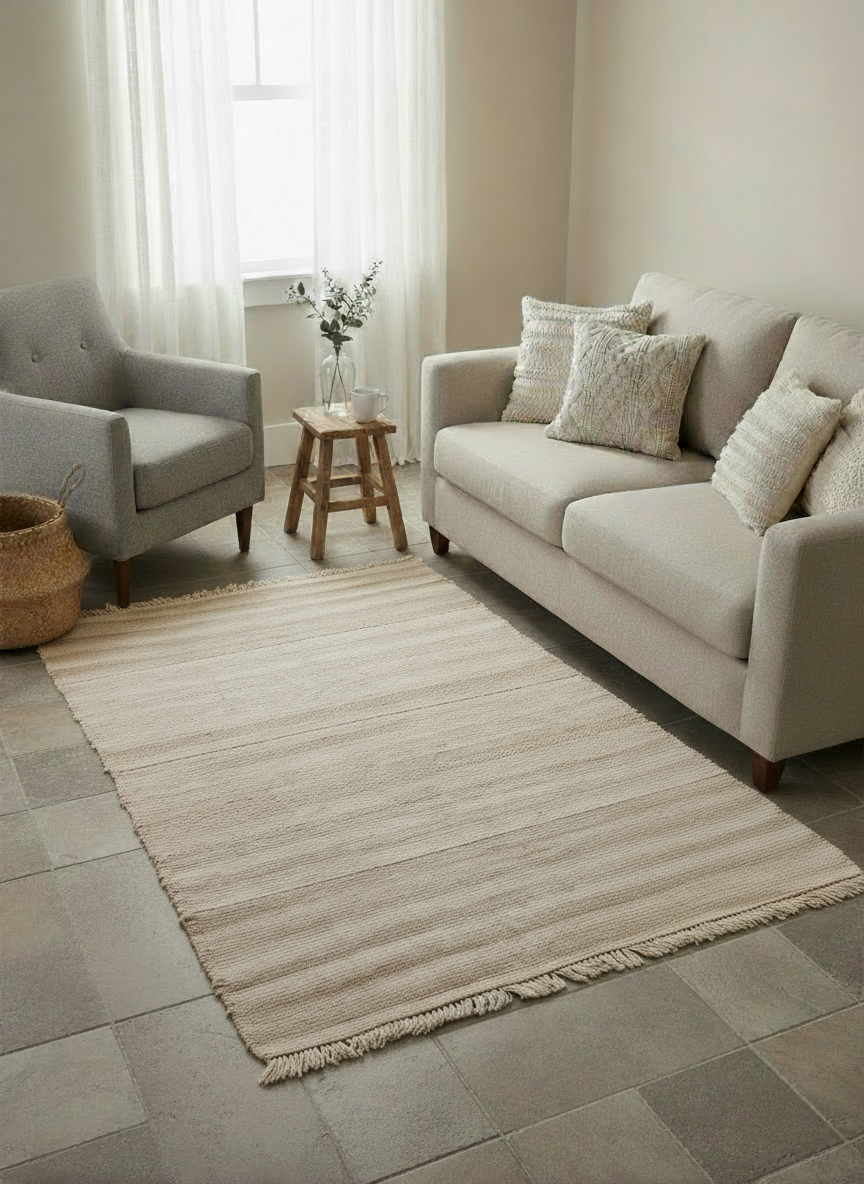
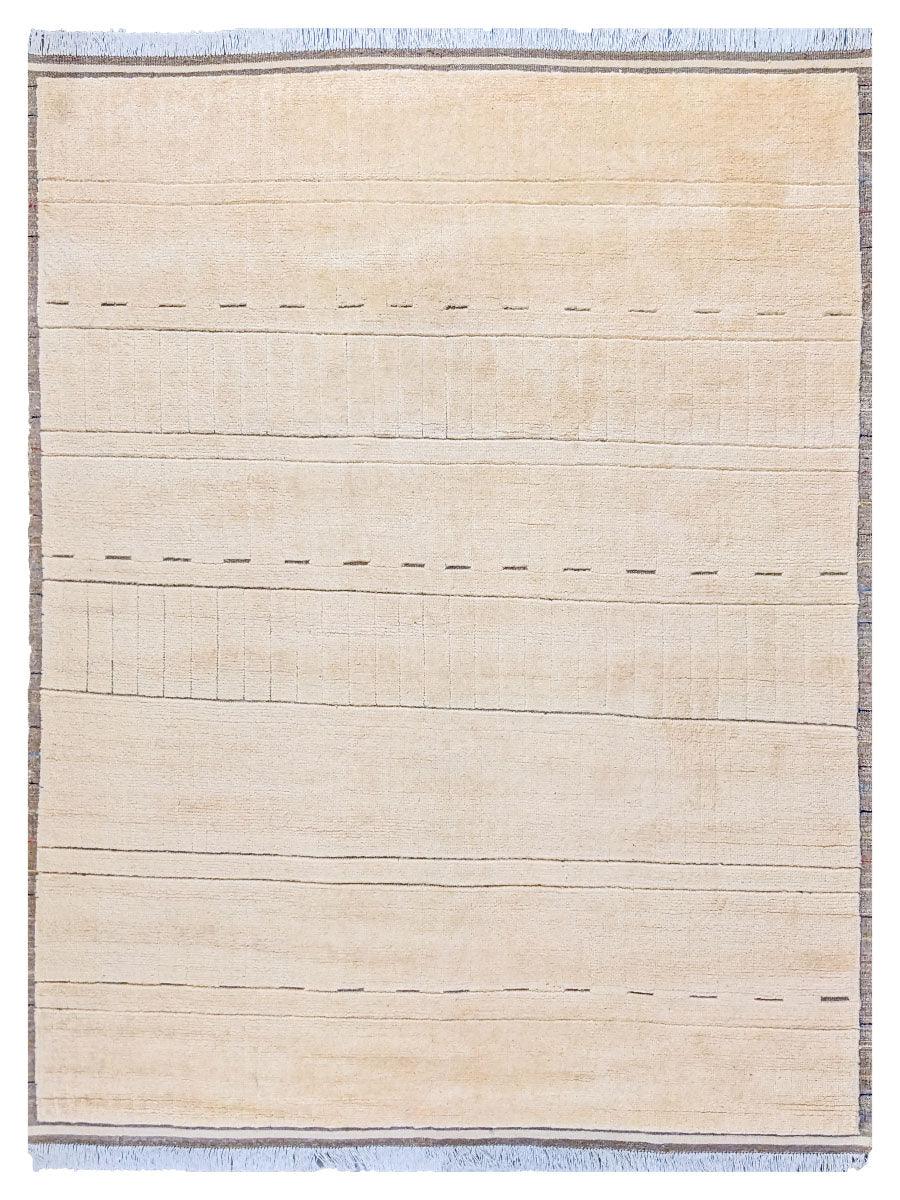
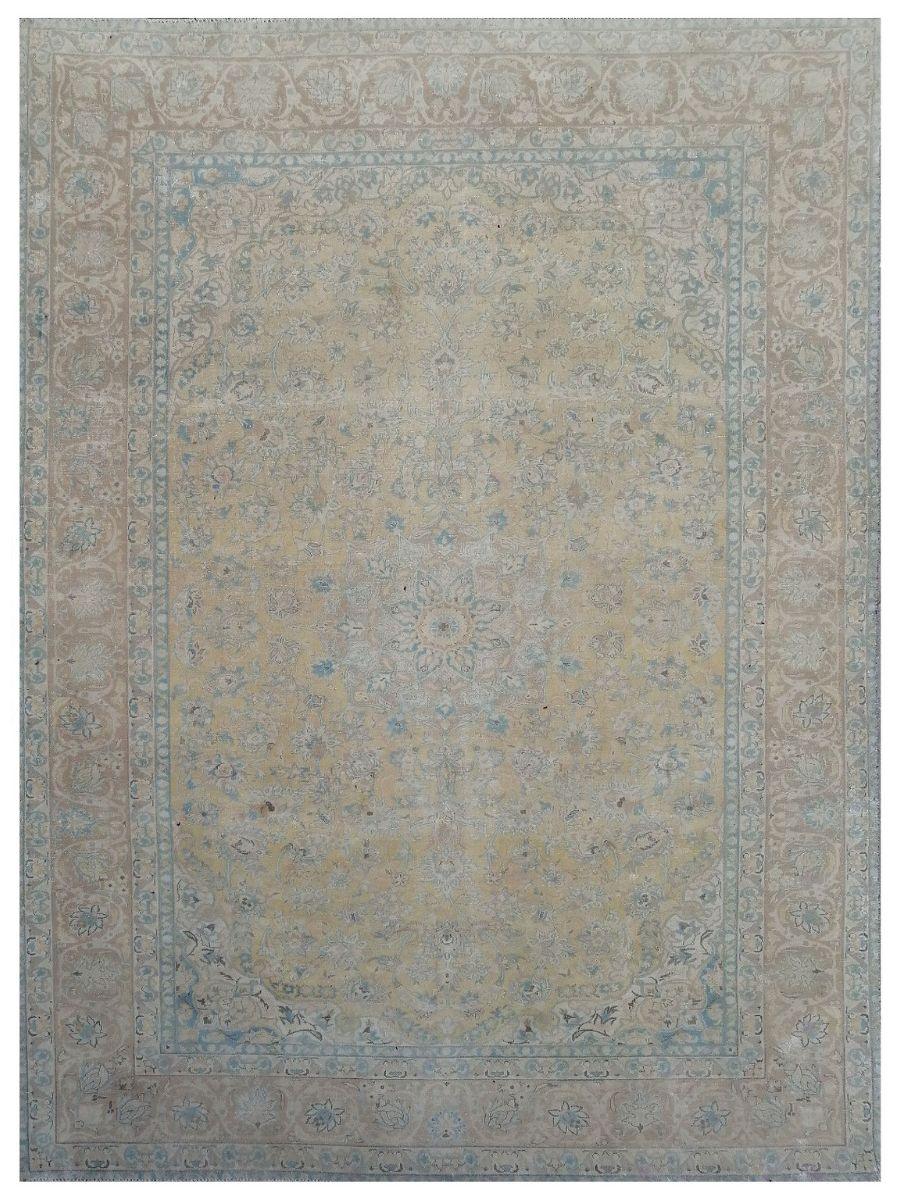


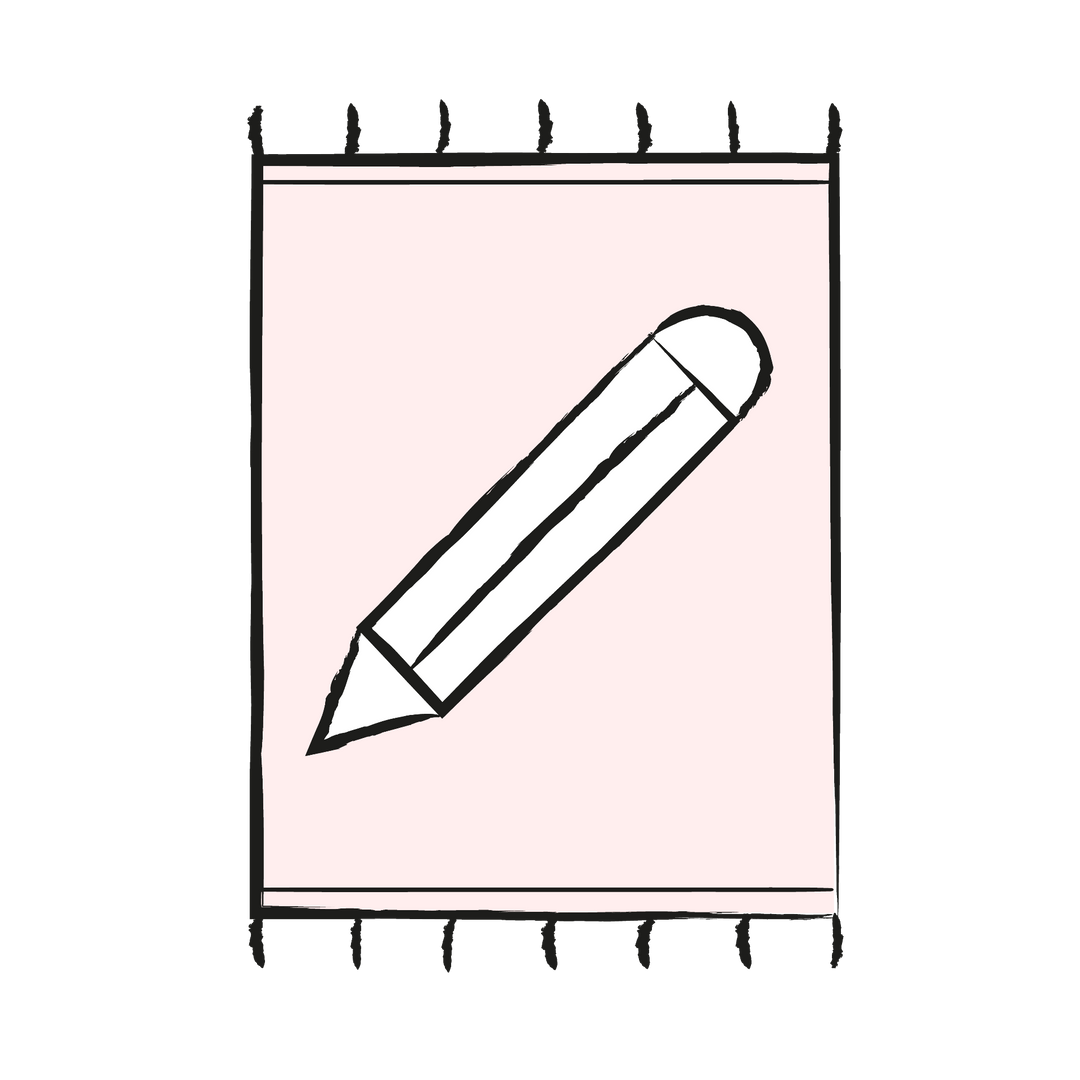

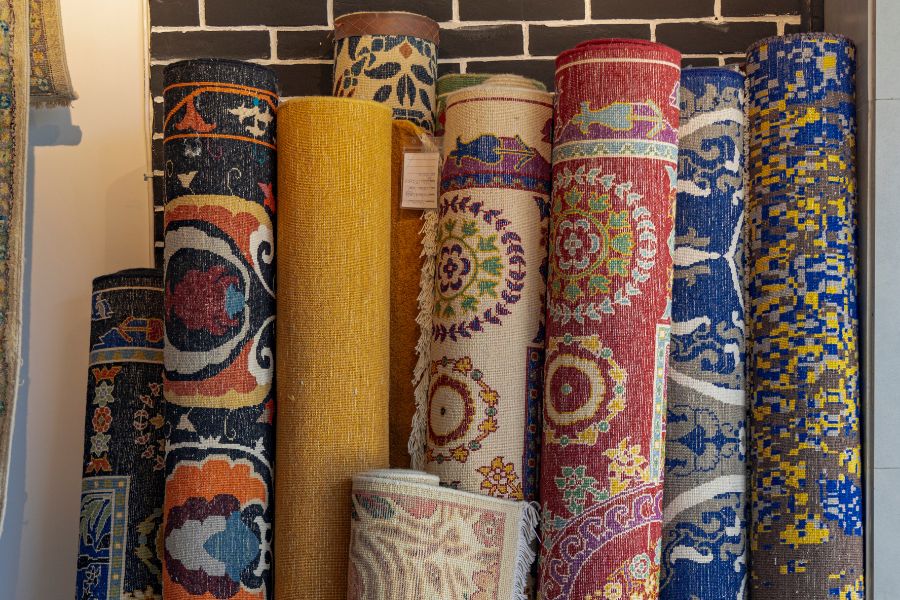

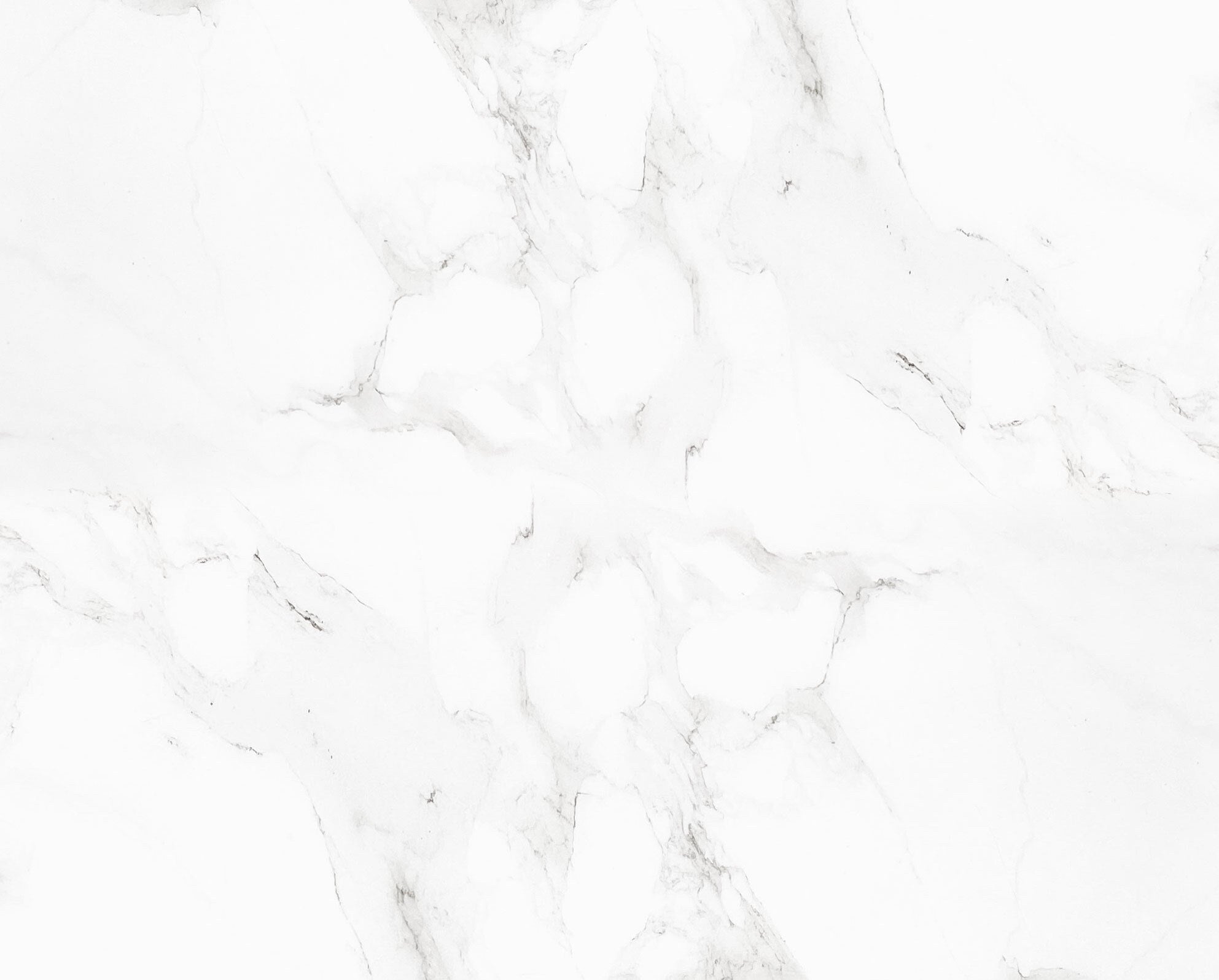
Leave a comment